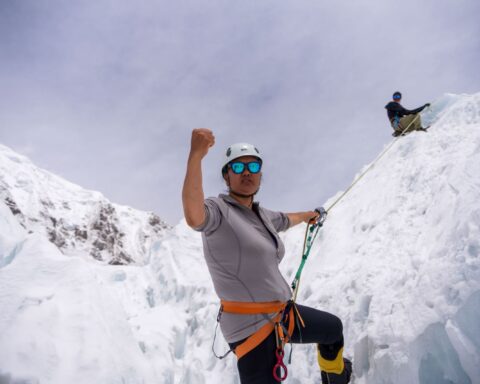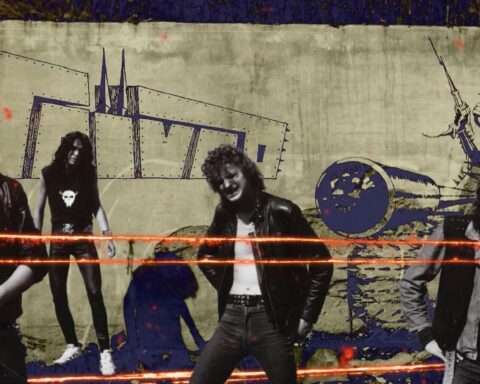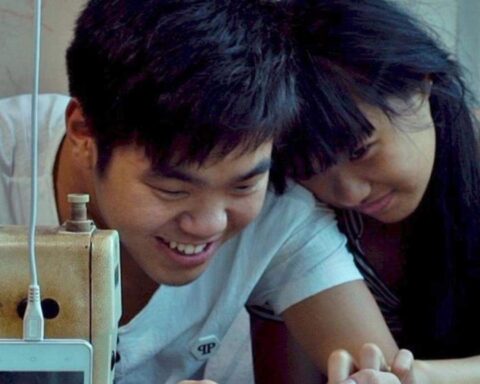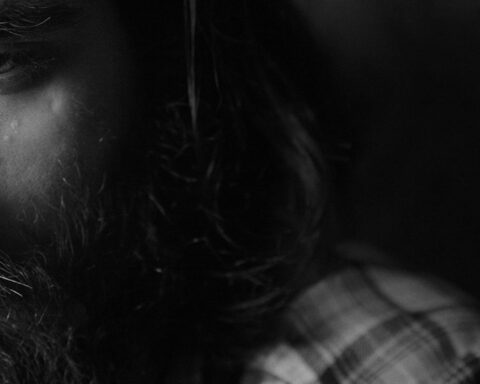The Territory
(Brazil/Denmark/USA, 86 min.)
Dir. Alex Pritz
Programme: World Cinema Documentary Competition (World Premiere)
The Territory is fearless filmmaking. A runaway hit at this year’s Sundance Film Festival, the film is a gripping environmental saga. It’s a thrilling feat that sees art and activism collide. Moreover, this film should be studied as an example of engaged collaborative filmmaking. The hard work and risks taken are evident, and they pay fair dividends in this urgent eco thriller about the Uru-eu-wau-wau tribe’s fight to save the Amazon, a way of life, and the fragile centre of the world’s ecosystem.
This film directed by Alex Pritz and co-produced by the Uru-eu-wau-wau community offers an immersive glimpse into the fight to preserve the Amazon. Assembling players from diverse backgrounds and many sides of a volatile situation, The Territory uses every voice, element, and hand at its disposal. The result is an informative, engrossing, and clear-eyed view of the problem. While Pritz firmly and unabashedly stands in solidarity with the Uru-eu-wau-wau, the inclusion of competing voices greatly strengthens their case. The Territory witnesses a microcosm of the fight for climate change with no easy answer, and no end in sight.
Immersed in the Amazon
The cameras follow the Uru-eu-wau-wau, most notably young leaders like Bitate and Ari, who have assumed great responsibility for the surviving members of their tribe. They take Pritz and his crew through the Amazon to witness startling deforestation. Huge patches of forestry are razed to make room for farming and livestock. Hastily cut roads ravage the land with jagged violence. The scars of environmental colonialism are everywhere.
The Indigenous activists have a committed ally in Neidinha. The Brazilian environmental activist has invested decades in preserving the Amazon. She’s a fiery bridge between the tribe and the practices of contemporary Brazil. Her work with Bitate and Ari ensures that new generations of activists appreciate a landscape worth preserving.
As Pritz’s team joins Bitate, Ari, and Neidinha through the Amazon, The Territory soaks in the beautiful landscape. Exquisite cinematography captures a vast expanse of greenery. Aerial shots show the thick canopy of the forest, while close-ups on the ground observe the beautiful and colourful animals that share the Amazon with the Uru-eu-wau-wau. The immersive approach underscores how this complex ecosystem houses far more than human activity. However, when the film bridges scenes between Indigenous and settler characters with transitions showing the Amazon ravaged like moth-eaten cloth, or observe animals migrating to new habitats because of human activity, it stresses that this problem is man-made. So too should be the solution.
On the Other Side
The filmmakers trail and interview several settlers who encroach on Uru-eu-wau-wau territory. Their illegal logging and mining asserts land claims by force. Farmers like Sergio demonstrate their plans to establish their right to the land. Using deeds and maps, moreover, they create documentation that implies a right of ownership. These scenes, however, establish a serious divide between the Indigenous and settler factions of The Territory. The settlers trade in the paperwork and bureaucracy of colonial practice. The Territory asks how fundamentally different philosophies of land ownership can be compatible, with very different precedents.
Moreover, Pritz’s team witnesses the settlers enact violence upon the land through fire. They burn swathes of forestry to accelerate their land grabs. The jarring sound design by Peter Albrechtsen ensures that each logged tree crashes with thundering violence. The film makes audiences feel each tree that falls to the floor. However, in these scenes, The Territory observes men driven by necessity. They need to provide for their families and resource extraction, logging, and agriculture are viable means on which they survive. Through the two factions, the film illustrates the need to shift to renewable practices that preserve one way of life while transitioning another.
Fostering Dialogue through Documentary
In the Sundance press conference for The Territory, Pritz noted that his interest in communicating with both sides of a polarized issue grew from seeing the divisions in his own country, the USA, in the age of Trump. The Territory therefore fosters dialogue through the call and response of the narrative. This could not have been an easy film to make. One feels the tension entailed with navigating the razor’s edge of warring factions, all the while ensuring that neither side is betrayed or jeopardized by their participation. Everybody gets to speak his or her side, while nobody is spoken for. As Jair Bolsonaro ascends to power and Brazil swells in its own wave of right-wing populism, moreover, the divisions across the land fuel the urgency of the story.
Moreover, the access ups the stakes and increases the tension. A kidnapping scare injects the emotional toll that the Uru-eu-wau-wau and Neidinha carry. A heinous act of violence, moreover, demonstrates how their fight is literally life or death. One can only imagine how things could have been even worse had the cameras not offered a measure of protection.
When COVID hits and the dynamics shift further, the efforts of the collaborative process come to fruition. The Uru-eu-wau-wau seal off their territory and take hold of the cameras themselves. The Territory assumes a new power as the images come from a first person perspective on the front lines. It makes audiences active viewers in a shared fight.




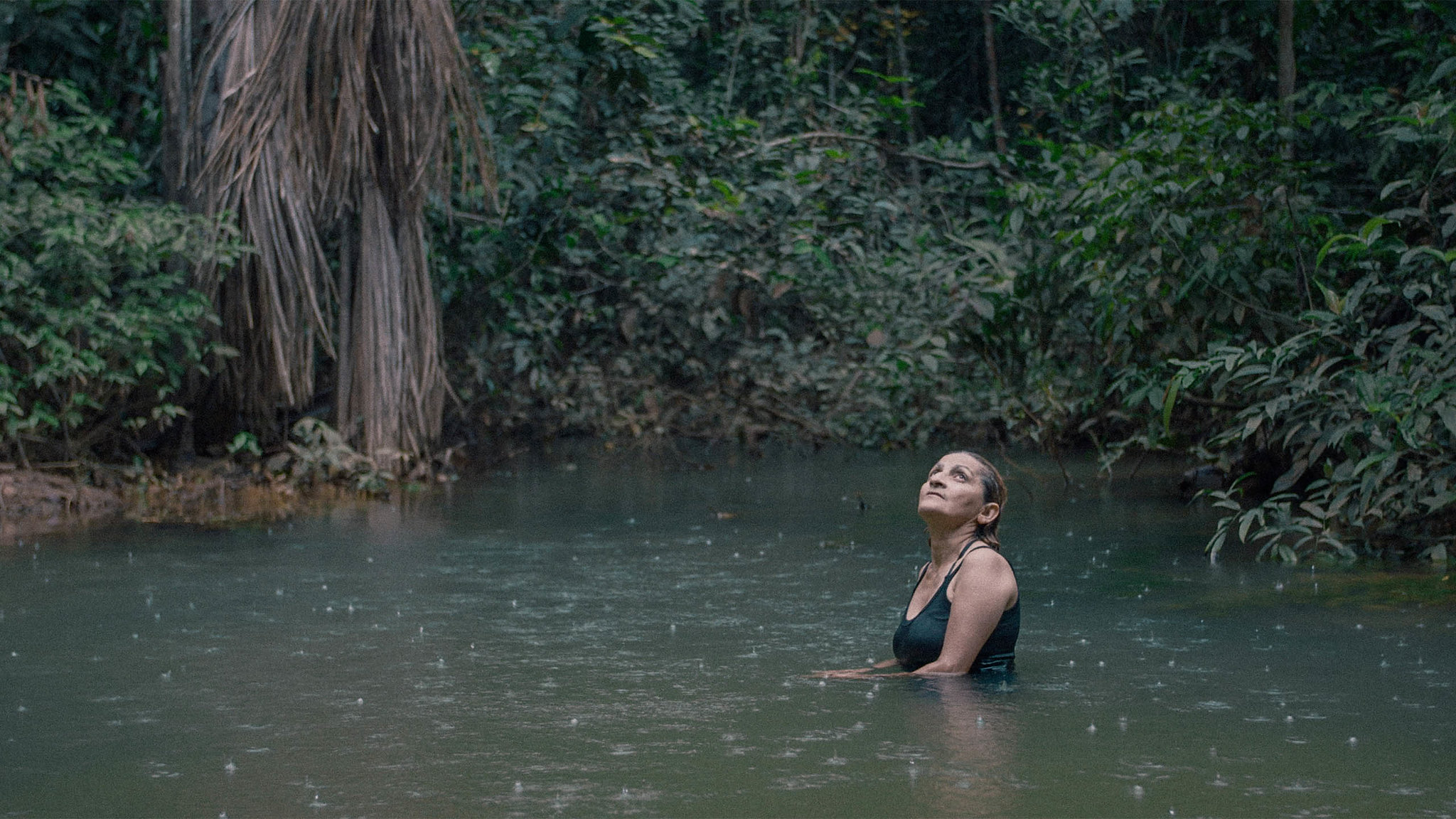
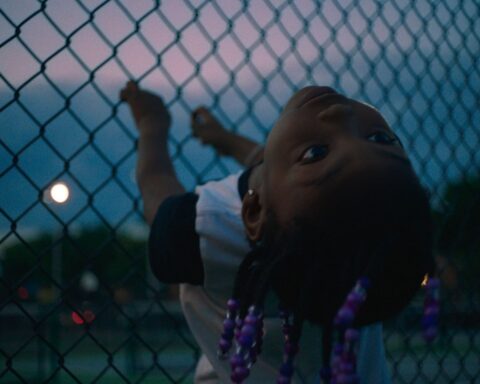
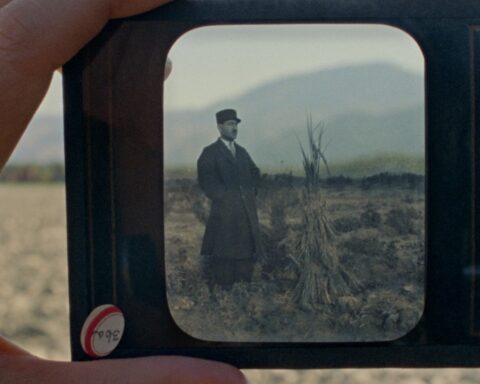

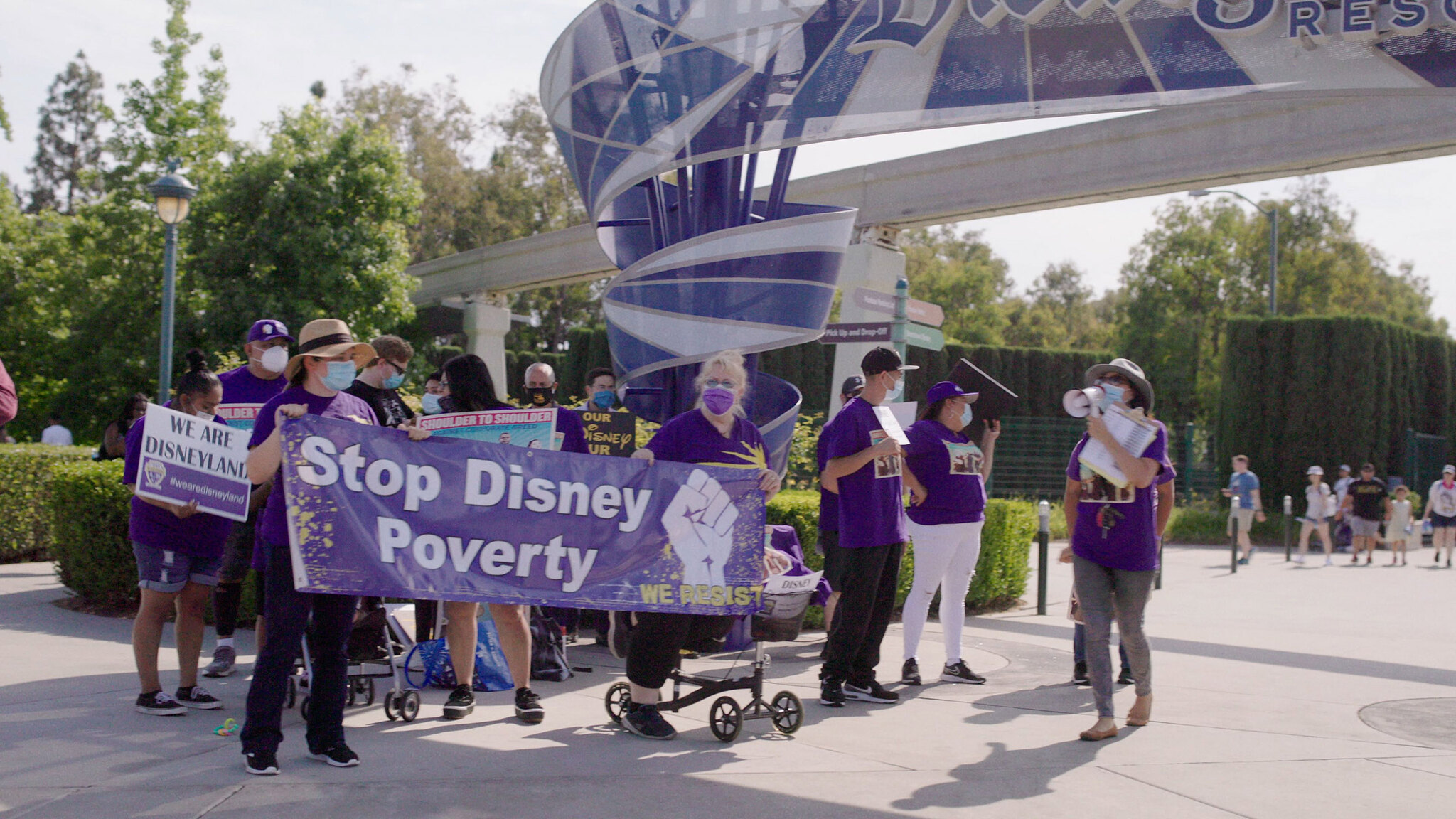
![] In a reflection of an unmarked storefront is a grayish silhouette of a man using an electric wheelchair. Behind the man is a spectacular red and yellow circus tent.](https://povmagazine.com/wp-content/uploads/2022/01/I-DIDNT-SEE-YOU-THERE-Lead-Still-e1643143444785.jpeg)
